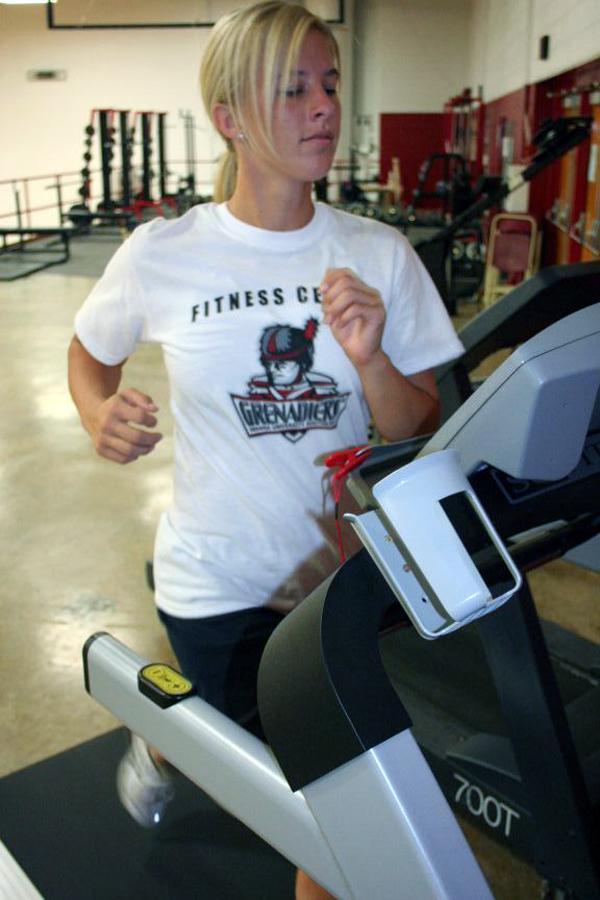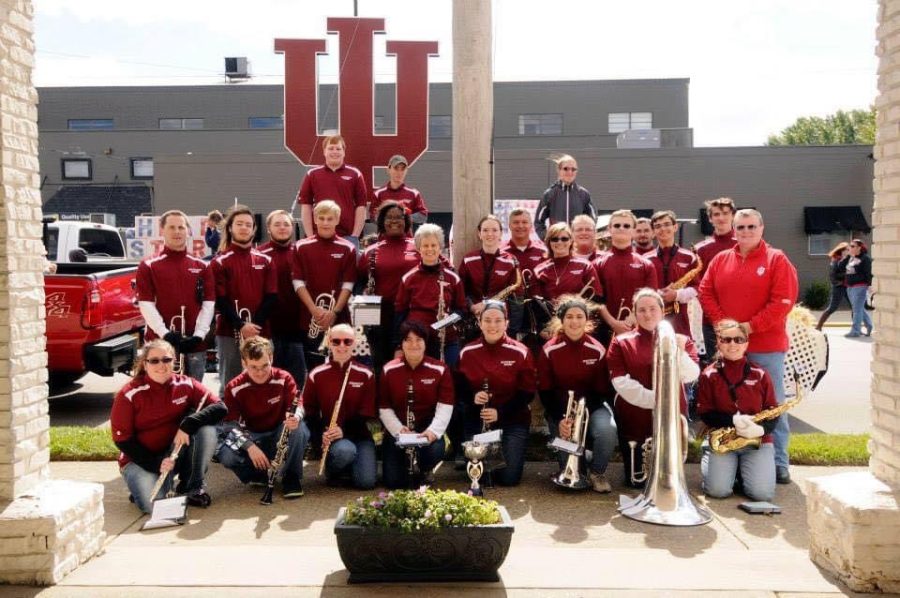
Being a college freshman can mean many things including living away from home, classes and the ability to do absolutely nothing but video games. Most of all, it’s the freedom to make decisions.
Yet, this new phase of a college student’s life most often lacks the second most important factor of the Freshman 15 — exercise.
Exercise is a key component of weight loss.
Three reasons to exercise, according to mayoclinic.com, are exercise helps keep a positive attitude, combats chronic diseases and manages weight.
Even doing exercise 30 minutes a day will mark considerable improvement in all health areas.
“Exercise means breaking a sweat,” Sallie Niehoff, clinical dietitian at Floyd Memorial Hospital, said. “The worst thing that has happened is that our activities have gotten more sedentary.”
Most students agree getting active is the best approach to fending off The Freshman 15.
“You’ve got to make time in your schedule to work out,” Kelsey Livenson, nursing freshman, said. “Make it a priority. If we had fitness and exercise clubs that promoted health and fitness that would be fun, not necessarily just intramurals.”
The most popular excuse for students not to exercise is they have no time to make it to the gym, or they don’t like going alone.
Ariel LaGrange, elementary education senior and fitness instructor at many local gyms, said she knows it’s hard to get started on your own.
“Grab a friend, find a gym you like, look up online workout programs, buy a fitness magazine with a workout in it,” LaGrange said. “There really are no good excuses not to exercise.”
It is important to incorporate three different aspects of exercise — cardio, strength training and stretching.
Some free muscle building exercises can include push-ups, triceps and biceps lifts, wall pushups, squats and lunges.
Doing repetitions of each exercise increases the use of a certain muscle group. Repetitions, however, need to be done in sets.
A set is a grouping of repetitions, eight to 12, that are alternated between muscle groups to increase muscle use.
By doing sets, it challenges muscle groupings and builds muscle mass.
Adding resistance bands or dumbbells to a workout adds even more strength training possibilities.
Stretching helps improve fitness levels by reducing the risk for injury and joint problems. Most stretches can be done sitting or standing and don’t need extra equipment. Walls and furniture in a dorm room are good starting points for stretching.
To make some stretches more comfortable, students can purchase a yoga or padded exercise mat.
Deep breathing is also a key part of stretching. It relaxes the mind and creates a feeling of peace.
Even doing other activities such as bike riding or walking instead of driving to classes can count toward exercise.
“We have such a pretty campus, and we don’t utilize it like we should,” LaGrange said. “With walking paths everywhere and the gym, exercise shouldn’t be a problem.”
Even while sleeping the body burns calories.
A Colombia University study shows students who get six hours of sleep a night are 23 percent more likely to be obese. Those who get 10 hours of sleep or more are 11 percent less likely to be obese.
“Sleeping seven to eight hours a night will burn more calories than people who don’t sleep that much,” Sallie Niehoff, clinical dietitian at Floyd Memorial Hospital, said. Sudden decrease in activity is also bad for the body and, in the long run, unhealthy.
“Make sure you get active,” Joshua Sesar, mathematics junior, said. “It’s not only healthy, but involvement keeps you in school the more active you are.”
Students can engage on campus more by joining an intramural, student group or volunteering “If we could do something as a college to promote health, it would be good,” Livenson said. “Maybe a college-wide event like Week of Welcome, especially if it’s fun and engaging.”
By GRACE STAMPER
Contributor
gstamper@iu.umail.edu






